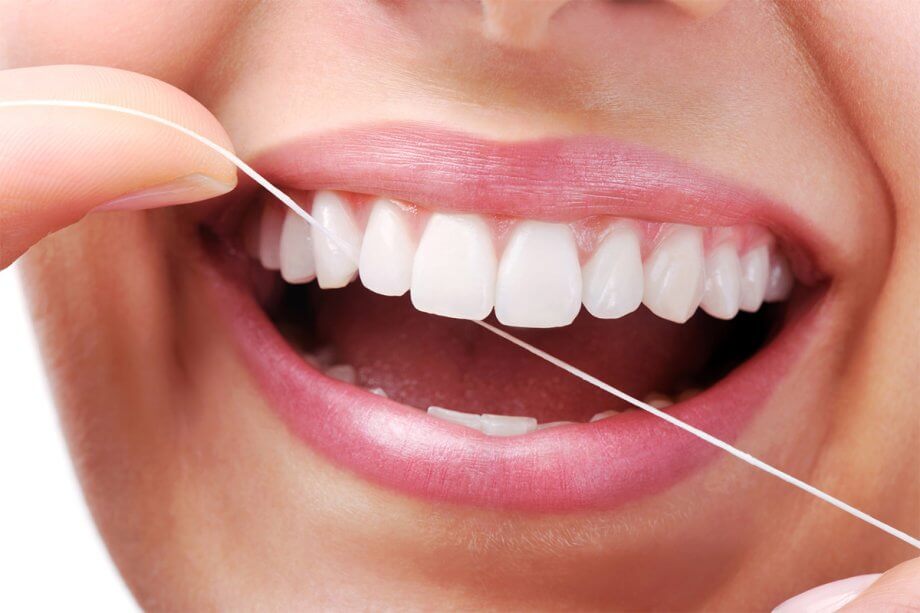While flossing your teeth might sound like a simple task, there are right and wrong ways to take on this essential dental hygiene task. It's always best to speak with your dentist or dental hygienist for flossing tips specific to your mouth and dental health, as well as up-to-date recommendations. However, here is a general guide to follow for flossing your teeth.
Choosing a Dental Floss
Dental floss is a thin filament cord used to remove food, debris, and plaque that sticks in between teeth where a toothbrush can't reach. Floss polishes those hard-to-reach tooth surfaces and may help control bad breath.
There are several different types of dental floss to choose from. Waxed floss has a coating helping it slide more easily through tight spaces. Unwaxed floss lacks this coating, but it's thinner. Dental tape is also an option and is particularly helpful if you have a bridge or wider spaces between your teeth. Some people also prefer disposable floss picks or pre-threaded floss holders that can help you get into hard-to-reach areas.
How to Floss
Follow these steps for flossing your teeth:
- Wind the floss: Wind an ample amount of floss around the middle fingers of each hand.
- Hold the floss: Pinch the floss between your thumbs and index fingers, leaving a one to two-inch length between them.
- Guide the floss: Gently guide the floss between each of your teeth with a zig-zag motion.
- Pop the floss: Pop the floss between the tooth contacts in a gentle sawing motion.
- Curve the floss: As the floss reaches your gums, curve it at the base of the tooth to form a C shape.
- Rub the tooth: Gently rub the side of the tooth with an up-and-down motion, following the shape of the tooth.
- Floss each side: Floss each side of the space between your teeth separately so you don't harm the triangle of gum tissue between your teeth.
- Don't snap or force: To prevent cutting or bruising your gums, do not snap or force the floss.
You can floss for about two to three minutes, based on a normal adult mouth of 28 teeth.
Frequently Asked Questions about Flossing
How Many Times a Day Should I Floss?
Generally, you should floss once per day. Flossing this frequently decreases the chances of getting gum disease and lends itself to improving overall oral health. Some people prefer to floss in the morning or after they eat lunch, while others prefer to floss at night to remove any debris and plaque build-up during the day before going to bed. The most important thing isn't when you do it but just getting it done.
Should You Floss Before or After Brushing?
Flossing loosens up the particles in between teeth. Therefore, it makes sense to floss first and then brush, as brushing and rinsing will rinse those particles away. On the other hand, flossing after brushing may help the fluoride in toothpaste get between the teeth. It doesn't really matter what order you brush and floss in as long as you do it routinely.
Midtown Dental Care Associates: Your Partners in Dental Health
Flossing should be a part of everyone's daily dental hygiene routine. Whether you have questions about flossing, are experiencing pain, or want a brighter, straighter smile, the dental professionals at Midtown Dental Care Associates are here for you. Call 212.685.4730 or contact us today to schedule a consultation with one of our experienced providers.

